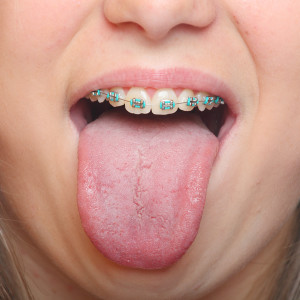 How something tastes plays an important role in your decision about what to eat. If something tastes good to you, you’re likely going to eat more of it, and more often. For many people, sweets taste good, which can be problematic for the health of your teeth. In this blog, we will discuss how taste buds work, so that you can better understand why you may be more drawn to sweet foods, and not so fond of other flavors such as coffee, or bitter vegetables like kale or broccoli.
How something tastes plays an important role in your decision about what to eat. If something tastes good to you, you’re likely going to eat more of it, and more often. For many people, sweets taste good, which can be problematic for the health of your teeth. In this blog, we will discuss how taste buds work, so that you can better understand why you may be more drawn to sweet foods, and not so fond of other flavors such as coffee, or bitter vegetables like kale or broccoli.
What are Taste Buds?
Those tiny bumps on the surface of your tongue are called papillae. Not only do they help your tongue grip food and increase the surface area of the tongue, but they also contain and protect thousands of sensory cells, more commonly known as taste buds. The average person has approximately 5,000 to 10,000 taste buds, which are replaced about every two weeks. As people age, the number of taste buds decrease.
How Taste Buds Work
Scientists have discovered that taste buds can be stimulated by five different taste qualities:
- Sweet
- Sour
- Salty
- Bitter
- Savory / Umami
Once the taste buds are stimulated by one of the taste qualities listed above, the cells transmit signals to the brain, allowing the person to perceive the different tastes.
Taste Buds Don’t Work Alone
Taste buds work very closely with other senses, especially your sense of smell and your sense of touch. Have you ever noticed that when you have a stuffy nose, you can’t taste your food as well? Well, that’s because a full flavor is produced by combining the sensory information gathered from both the taste buds and the olfactory bulbs in the nose. The texture and temperature of a food can also affect the way you perceive a taste.
Contact Dr. Wolnik Today!
Now that you know how taste buds work, you can understand why dentists are always at battle with cavities. So, next time you want to reach for a Snickers instead of a salad, be sure to thoroughly brush and floss your teeth afterwards to remove the cavity-causing bacteria produced by the tasty, yet harmful sugar.
Give us a call at (440) 888-5055 or send us an email at [email protected] to set up an appointment today!
Social Media: Facebook | Twitter | Google + | YouTube
Resources
To learn more about how taste buds work, check out some of these helpful resources:






